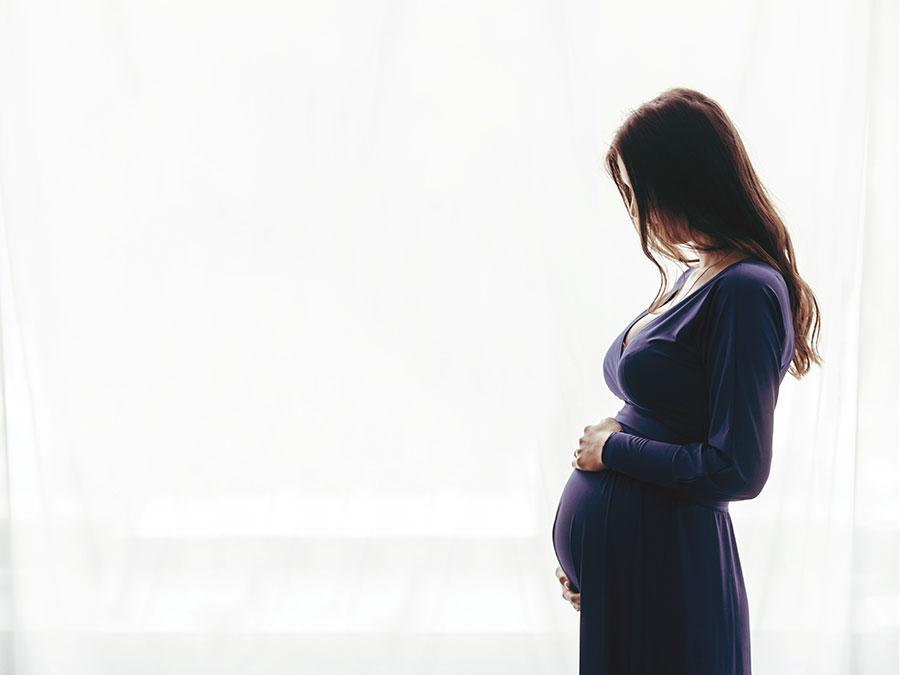
Case study: Preeclampsia
Zoe, a healthy 28 year old, was excited about becoming a first-time mom. As a dance and fitness instructor, she was committed to eating a healthy diet and maintaining a good exercise routine before and throughout her pregnancy. Zoe had a typical pregnancy for the first two trimesters. At the start of her eighth month of pregnancy, Zoe started feeling very unwell. By then she had gained 100 pounds; she had shortness of breath, occasional headaches, dizzy spells, and extreme water retention. Her blood pressure was elevated. Zoe’s care provider assured her that everything was normal. Over the next few weeks, Zoe continued to feel worse. At a friend’s urging, who suspected that Zoe had preeclampsia, Zoe approached her care provider to discuss the possibility of her having preeclampsia. Test results confirmed that she did. Preeclampsia is a high blood pressure disorder that is among the leading preventable causes of death in childbirth in the U.S., often because doctors and hospitals fail to treat it properly. It can cause seizures, paralysis, and death for both the mother and her unborn child. * Zoe was at 35 weeks gestation when test results confirmed that she had preeclampsia. Instead of following best-in-class medical protocols for the treatment of hypertension and preeclampsia, which would entail Zoe being admitted to the hospital for monitoring, her care provider sent Zoe home and encouraged her to relax and return to the clinic “if you feel funny.” At home, Zoe began to “feel funny.” Her vision was blurred; her blood pressure was erratic and vacillated between extreme highs and lows; she felt out of touch with her surroundings and had a sensation that she was on the verge of blacking out. Every time Zoe’s blood pressure escalated to dangerous levels, Zoe’s family drove her to the hospital, where the medical staff checked Zoe’s blood pressure and sent her home. This occurred three times. Confused and frightened, Zoe’s mother contacted Dr. Emi to solicit her assistance and guidance. After learning about Zoe’s condition and the hospital’s refusal to admit her, Dr. Emi advocated for Zoe to be admitted to the hospital immediately, pointing out that Zoe was at high risk for seizure. Dr. Emi also recommended that Zoe take magnesium supplements right away to help reduce seizure risk. At Dr. Emi’s urging, Zoe was admitted to the hospital, her labor was induced, and she delivered a healthy baby girl. Zoe was also given magnesium sulfate, an anti-seizure medication, intravenously. Preeclampsia can impair kidney and liver function; it can also cause blood clotting, even after delivery. After Zoe was discharged from the hospital, Dr. Emi continued to work with Zoe to monitor her progress and help her make appropriate diet choices to aid in her recovery. She also helped Zoe safely wean off of blood pressure medication that Zoe temporarily had to take. “Thank God for Dr. Emi,” said Zoe. “I shudder to think how things could have turned out without her involvement. It was a scary, horrible time. No one at the clinic or hospital would take me or my concerns seriously until Dr. Emi intervened. Thanks to Dr. Emi, both my daughter and I are healthy and thriving!”
* USA TODAY, “What is preeclampisa? And does it still kill women in the US?”


